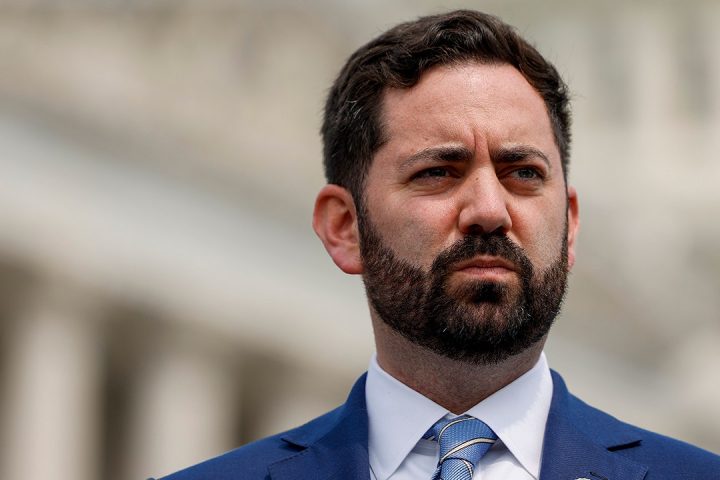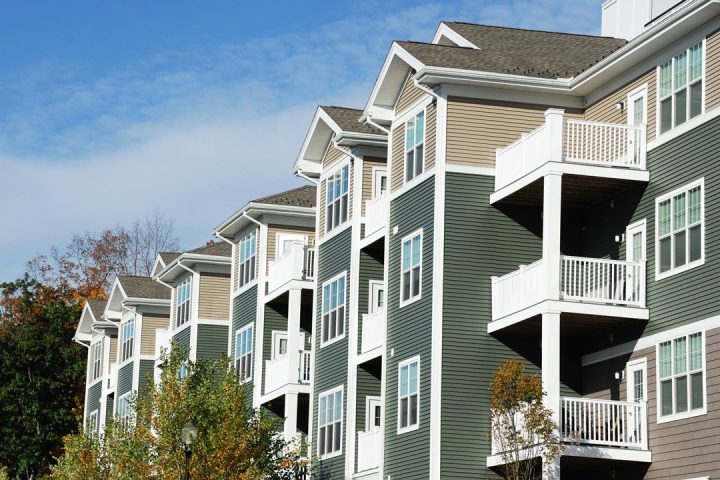There’s one group of Americans that’s missing from the picture of this year’s strong consumer spending: families that pay for childcare.
Since May, spending by households that pay for childcare has lagged behind the rest of the population, according to a new report by the Bank of America Institute
BAC,
Not only have they been curbing their spending more than others, but they also are dipping into their savings more, the report found.
Though the difference in spending is “fairly modest,” it “could point to the increasing financial pressure that families with young children face,” the report’s authors said.
Nationally, families spent an average of more than $700 a month on childcare in September, according to Bank of America, a 32% increase since 2019. San Francisco and Seattle had the highest average childcare costs in September, nearly twice as much as the national average, the report found.
Average childcare costs per household have jumped the most for higher-income families, with annual incomes of $100,000 to $250,000, the report found. Those households may be experiencing bigger cost increases for childcare in part because they can afford to pay more for it, while lower-income families are more likely to cut out childcare when prices go up, said Anna Zhou, an economist at the Bank of America Institute and author of the report.
A growing number of higher-income households started using childcare in 2022 following a small baby boom that was largely concentrated among women with college degrees, who tend to have better finances, Zhou said. Overall, the level of households paying for childcare services ticked up slightly from 2019 to 2022, the report said.
Some cities have seen average childcare expenses rise at a faster rate than the national average. Tampa, Fla., had the fastest growth in childcare expenses in September; the pace was 12% faster than the national level. Atlanta, Orlando, Dallas and Seattle followed.
Consumer spending continued to be strong in September, although some economists have warned that it might not be sustainable because of how much consumers have been relying on their savings to spend.
Across income groups ranging from $50,000 to $250,000 a year, families that pay for childcare saw a deeper year-over-year drawdown of their savings in September compared with other households, the Bank of America report found.
However, many parents and families still have some financial breathing room because their cash savings amount is 30% higher in 2023 than it was in 2019, according to Bank of America internal data, Zhou told MarketWatch. Those who do not pay for childcare have more money in their bank accounts, she continued.
“For now, [parents] are fine because they still have money to draw on,” Zhou said. “But if this continues for the foreseeable future, it could impact these families and the overall consumer spending in a more significant way.”
While American families saw a boost in their wealth overall during the pandemic, couples with children on average saw slower growth to their net worth, according to the Federal Reserve. Couples without kids on average had a net worth of $398,960 in 2022, up 37% from their 2019 level. That is compared with couples with at least one kid having $291,770 in 2022, up 34% from their 2019 level.
Bank of America researchers said there’s evidence that parents could be leaving the workforce because of rising childcare costs. The average number of payrolls deposited into Bank of America accounts for households that pay for childcare was 1.34 payrolls a month, slightly lower than in 2019, when it was 1.39 payrolls per month, the study found.
Some $24 billion in pandemic-era government funding for childcare expired Sept 30, setting the stage for childcare prices to become more expensive because of the surging operating costs for providers. In some states such as Pennsylvania, Wisconsin and North Carolina, childcare centers and programs have closed down, and some have had to raise prices. The Biden administration asked Congress last week for an additional $16 billion to reverse what some experts called “the childcare cliff,” but it’s uncertain how a Republican-led House will decide on it.
Read the full article here





